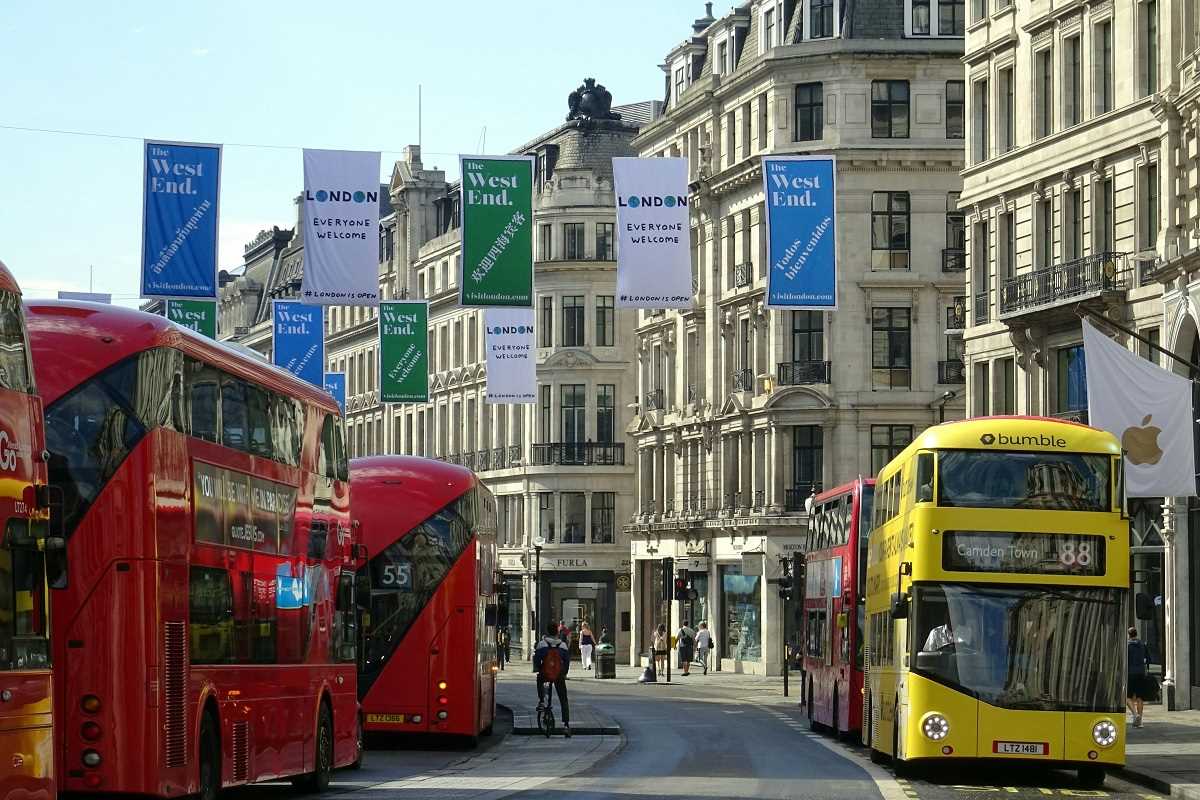Planning a vacation is an exciting process, but falling into tourist traps can quickly dampen your experience. These traps often involve overpriced attractions, underwhelming experiences, and a lack of authenticity.
By learning how to identify and avoid them, you can ensure a more genuine, enjoyable, and memorable trip. Here are some strategies to help you steer clear of common pitfalls and make the most of your travel experience.
What Are Tourist Traps?
Tourist traps are attractions or establishments designed to capitalize on the influx of visitors to a particular area. They often feature inflated prices, generic experiences, and heavy crowds. Examples might include restaurants with overpriced, mediocre food, souvenir shops selling mass-produced trinkets, or attractions that fail to live up to their hype.
While some tourist traps can be entertaining, they rarely offer the cultural depth or unique experiences that travelers seek. By recognizing the signs of a tourist trap, you can better navigate your destination and focus on more rewarding experiences.
Tips for Identifying Tourist Traps
The first step to avoiding tourist traps is learning to spot them. Common signs include:
- Overcrowding: If an establishment or attraction is packed with tourists but few locals, it’s likely a tourist trap.
- Overhyped Marketing: Overly polished advertisements or an emphasis on being a "must-see" destination can be a red flag.
- Inflated Prices: Restaurants with excessive prices for standard offerings, especially in areas with high tourist traffic, are often catering to visitors, not locals.
To avoid these situations, conduct thorough research before your trip. Read travel blogs, watch videos, and consult trustworthy review sites. Look for recommendations that emphasize authenticity and value rather than just popularity.
Supporting Local Businesses
One of the best ways to sidestep tourist traps is to support local businesses. Family-owned shops, small cafes, and artisan markets are often more affordable and provide a more authentic connection to the destination. These establishments are also less likely to cater exclusively to tourists and more likely to offer unique products or dishes representative of the local culture.
For example, instead of dining at a chain restaurant near a major attraction, seek out a small eatery where locals gather. You’ll often find better prices, fresher ingredients, and a chance to engage with the community.
Hiring local guides for tours is another excellent way to gain insight into your destination. These guides are often passionate about their home and eager to share hidden gems that larger tour companies overlook.
Explore Beyond the Main Tourist Areas
Popular tourist areas often come with heavy crowds and inflated costs. To experience the heart of your destination, venture beyond these hubs. Exploring lesser-known neighborhoods, parks, or attractions not only saves money but also introduces you to the local way of life.
For example, if you’re visiting a city known for its historic district, consider exploring the surrounding neighborhoods instead. You might stumble upon a charming bookstore, a tranquil park, or an inviting bakery that provides a much more personal and relaxed experience.
- To discover hidden gems, use maps and travel apps to locate areas away from main attractions.
- Walking or biking through quieter parts of a city can also reveal unexpected treasures.
Seek Recommendations from Locals
Locals are an invaluable resource for avoiding tourist traps. They can guide you toward authentic restaurants, shops, and activities that aren’t found in guidebooks. Strike up conversations with hotel staff, taxi drivers, or shopkeepers and ask for their honest recommendations.
For example, asking, "Where do you like to eat?" is more likely to yield authentic results than asking for the "best" or "most popular" restaurant. Locals might also inform you about upcoming events or festivals that can enhance your cultural immersion.
Stay Flexible with Your Itinerary
A rigid itinerary can make you more susceptible to tourist traps, as it often leaves little room for spontaneity. Being open to unexpected opportunities allows you to bypass overrated attractions in favor of more meaningful experiences.
If you hear about a local market or street performance while exploring, don’t hesitate to adjust your plans to check it out. These unplanned moments often provide some of the most memorable highlights of a trip.
Embrace Cultural Immersion
Immersing yourself in the local culture is a powerful way to avoid tourist traps. Participate in activities that reflect the traditions and daily life of your destination, such as cooking classes, art workshops, or cultural festivals.
By engaging directly with the local community, you’ll gain a deeper understanding of their customs and values. These authentic interactions often leave a lasting impression and are far more enriching than cookie-cutter tourist experiences.
Another way to embrace cultural immersion is to familiarize yourself with the local language, even if it’s just a few key phrases. A simple “thank you” or “hello” in the native tongue can go a long way in connecting with locals and making your experience more rewarding.
Making the Most of Your Vacation
By following these tips, you can avoid falling into common tourist pitfalls and ensure a more fulfilling trip. Focus on authenticity, engage with locals, and remain open to unexpected discoveries. Avoiding tourist traps isn’t just about saving money—it’s about creating genuine connections with the places and people you visit.
In the end, travel is about more than just seeing landmarks or snapping photos. It’s about immersing yourself in the rhythm of a new place, savoring its flavors, and connecting with its culture. With careful planning and an open mind, you can turn your next vacation into an unforgettable journey.
 (Image via
(Image via





